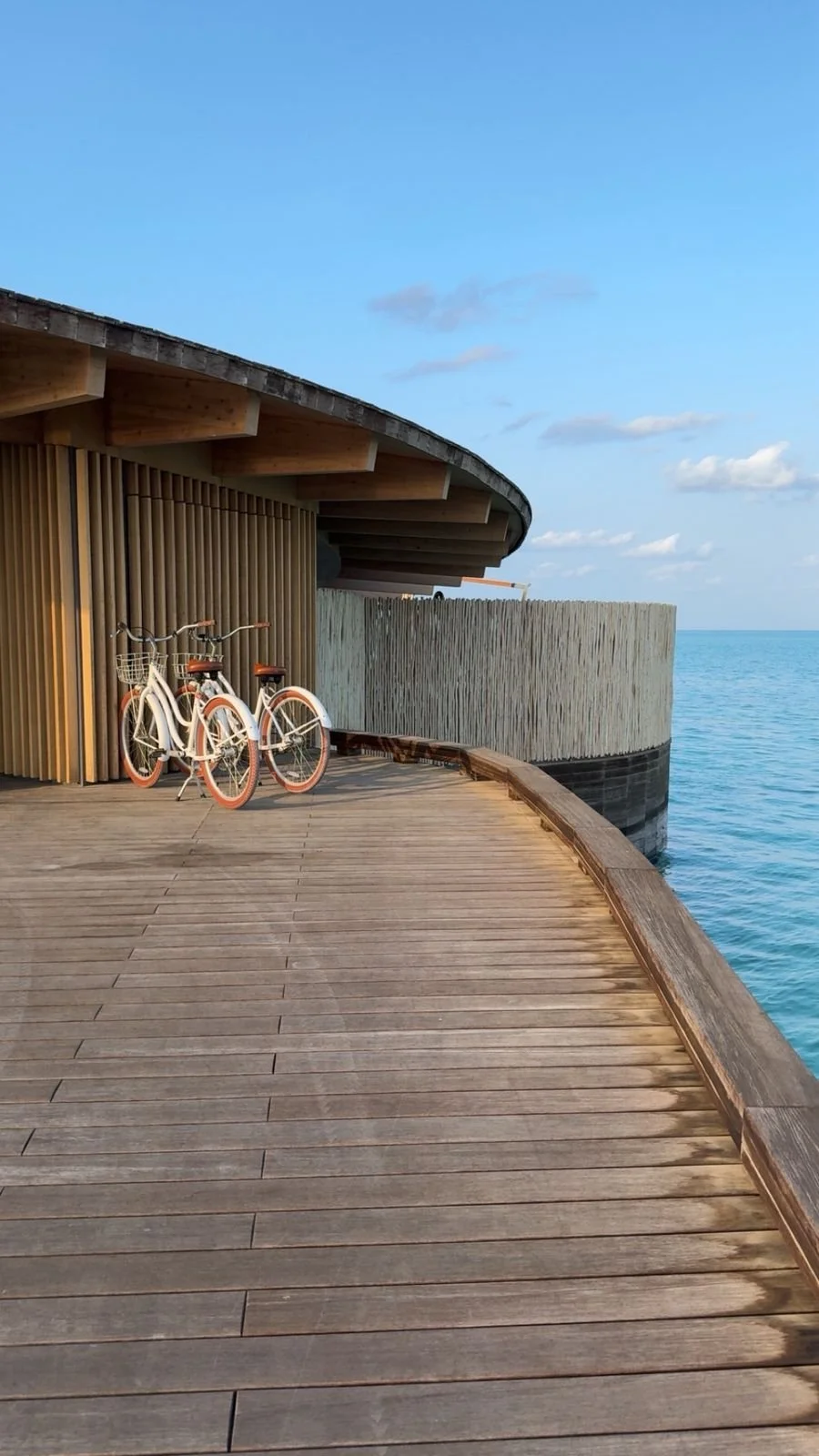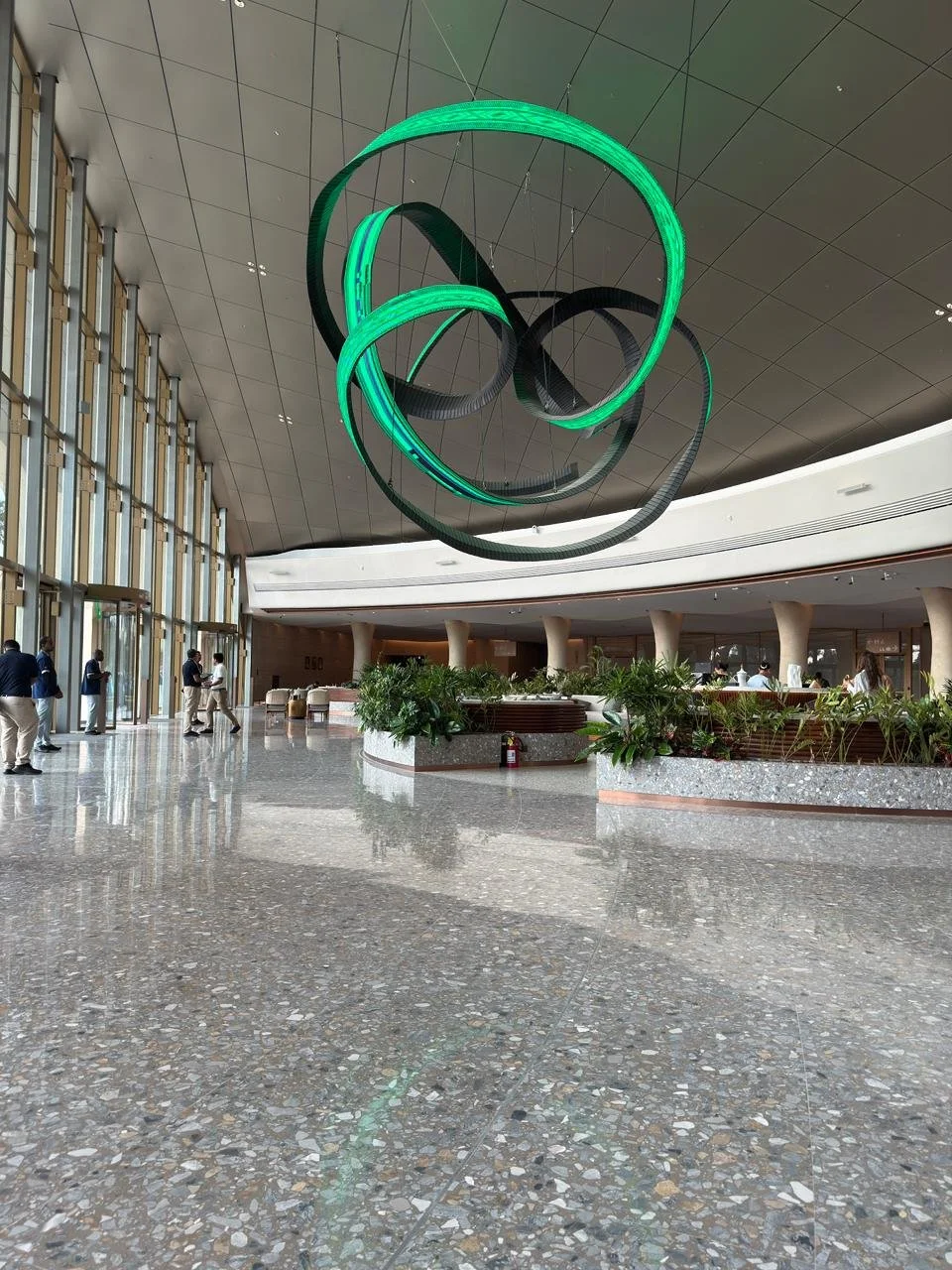A VC Visiting the Red Sea: Vision Meets Velocity
A great morning at the St. Regis, Red Sea
When I first stepped off the boat and onto the untouched sands of Saudi Arabia’s Red Sea coast, I expected beauty. What I didn’t expect was proof—proof that one of the world’s most ambitious regenerative-tourism projects isn’t just a bold idea on glossy pitch decks, but a living, thriving reality unfolding at breakneck speed.
As a venture capitalist, I’m used to looking at potential unicorns. Grand visions are common; flawless execution is rare and that what creates unicorns. The Red Sea Project, however, is redefining what execution looks like at national scale.
A Vision Materialized—Faster Than Anyone Predicted
Just a few years ago, many in the global investment community saw the Red Sea Project as an audacious bet: to build a world-class tourism destination from scratch, protect the environment, attract global visitors, and launch luxury resorts — all in record time.
Now, walking the shoreline, it's clear that the bet isn’t just working — it's paying off.
Several luxury resorts and hotels have already opened, each blending high-end design, sustainability, and environmental sensitivity.
More are under construction or in planning, with a development tempo more reminiscent of fast-growth tech than traditional infrastructure.
International Tourists Are Pouring In
If there was any lingering doubt that the project would attract a truly global audience, my conversations with guests and local operators erased it.
Here’s why the numbers back up the optimism:
In 2024, Saudi Arabia welcomed 29.7 million international (inbound) tourists, up 8% year-on-year.
That same year, inbound tourist spending reached SAR 168.5 billion (about $44 billion), a 19% increase from 2023.
For leisure tourism specifically, the Kingdom saw 17.5 million international leisure visitors in 2024, reflecting a dramatic 656% rise since 2019.
In the first quarter of 2025, spending by foreign visitors rose to SAR 49.4 billion (USD 13.2 billion), representing almost a 10% increase year-over-year.
Compared to 2019, international tourist revenue surged by 148% — a growth rate that reportedly led among G20 nations.
These aren’t incremental gains. These are signals of a market momentum that’s accelerating — and the Red Sea Project is positioned right in the eye of the storm.
Red Sea International Airport
Sustainability Isn’t a Tagline — It’s Built In
One of the most compelling things for me, as a VC, was not just that resorts were being built, but how they were being built.
The Red Sea International Airport is fully powered by renewable energy.
The Red Sea Global initiative has made environmental protection central, preserving coral reefs, mangroves, and fragile ecosystems even as new infrastructure comes online.
With sustainability baked into both operations and design, the project doesn’t feel like greenwashing — it feels like a prototype of next-gen tourism.
Why This Matters for Investors
From where I stood (literally, on the beach), the opportunity was clearer than ever:
Rapid development: Resorts opening in just a few years, not decades.
Strong demand: International tourists are spending heavily, staying longer, and increasingly coming for non-religious, leisure travel.
High-end, but scalable: While many resorts command luxury pricing, there's a trajectory toward broader segments.
Sustainable infrastructure: Energy, transport, and conservation are part of the core business model.
A Landmark Moment for Saudi Tourism
Standing on that Red Sea beach, watching guests paddle through turquoise waters, feeling the energy of a place in motion — I realized: this is more than a destination, it's a paradigm shift.
For me, investing isn’t just about backing great ideas. It's about backing ideas that become models for the future.
The Red Sea Project doesn’t feel like a risky play. It feels like the playbook.


